Chitrak benefits, dosage, side effects, and how to use?
In this article, we will discuss about Benefits of Chitrak, dosage, side effects, and how to use it as per Samhita reference.

What is Chitrak?
Chitrak, a potent herb, holds significant relevance in Ayurveda, celebrated for its diverse health benefits. With scientific nomenclature as Plumbago zeylanica, it thrives in India. Ayurvedic texts commend its multifaceted properties, attributing it as a digestive stimulant, immune booster, and metabolism regulator. Chitrak’s intrinsic qualities make it valuable in addressing digestive disorders, and respiratory issues, and supporting weight management. In today’s fast-paced world, where lifestyle ailments are prevalent, Chitrak emerges as a holistic remedy, seamlessly integrating ancient wisdom with modern wellness. Its adaptability in addressing contemporary health concerns underscores its enduring significance in Ayurveda and holistic healthcare practices.
Chitrak in Ayurveda
It is a forbidden leafy vegetable (śāka) according to Vaikhānasa Dharma Sūtra (3/5/8). Charaka described it as the best drug to cure Guda śotha, Arsas, and Süla (C.S.Su.25). In the context of Rasayana, Suśruta advocated the utility of chitraka rasayana similar to that of Bakucī Rasayana. Vägbhața delineated three varieties of Citraka and quoted them for rasāyana purposes. In Lolambarārīyam (Sadvaidyajīvanam) Citraka is indicated as the best vehicle (Anupana) in the case of Arśas. Caraka used the terms ‘Citra-Citraka together under Bhedanīya daśaimāni. Some scholars think that Caraka erroneously enumerated Citraka under the Bhedaniya group.
What is the Morphology of Plumbago zeylanica?
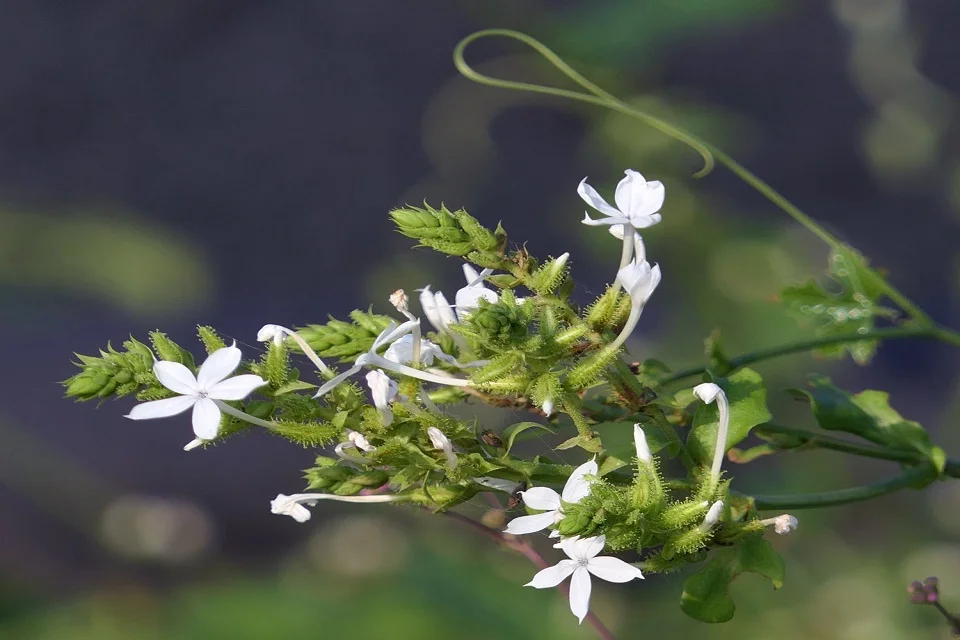
Latin name– Plumbago zeylanica Linn. (Fam. Plumbaginaceae
The perennial herb, Plumbago zeylanica Plumbago zeylanica, boasts stems that reach lengths of 0.6-1.5 m, displaying a somewhat woody and spreading nature with a glabrous texture. Its leaves are thin and ovate, measuring 3.8-7.5×2.2-3.8 cm, featuring a subacute shape. They are entire, glabrous, and exhibit reticulate veining. A short petiole, amplexicaul at the base, supports these leaves. The herb’s flowers are elegantly arranged in elongated spikes, with the rachis being glandular and striate. The calyx, narrowly tubular, spans 1-1.3 cm in length and is densely covered with stalked glands. A slender, white corolla with a tube length of 2-2.5 cm characterizes its blooms. The fruit takes the form of a capsule, oblong and pointed, with a thin pericarp below and a thickened, hardened portion above. Plumbago zeylanica is distributed throughout India and is occasionally cultivated.
Type of Chitrak
Acharya Vaghbhatta described three varieties,
- Shveta Chitrak
- Pita Chitrak
- Asita Chitrak
Raja Nighantu described Rakta Chiitrak as ‘kalah’. Raja Narahari described Rakta Citraka for Parada Niyamana and Loha nye dhanaty making superior metals/gold from internal metals). This variety of Citraka is claimed to be useful to gain weight and strength for the human body. Citraka is one of the main ingredients in Trimada, Panchkola and Shadushna
Synonyms of Chitrak
Agni, Vahni, Jvalanakhya, Krishanu, Hutasa, Dahana, Hutabhuk, Shikhi, Anala, Pithi, Vahnisanjnaka, Agnika, Nirdahana, Jyoti, Nirdahana, Hutasana
Classical Categorization of Chitrak in Samhita
- Charak: Dipaniya, Shulaprashamana, Arshoghna, Lekhaniya
- Sushruta: Pipalyadi, Mustadi, Amalakyadi, Varunadi, Aragvadhadi
- Vaghbhatta: Pipalyadi, Mustadi, Varunadi, Aragvadhadi
Other/Regional Language Names
- English:Lead wort
- Gujarati:Chitrakmula
- Hindi:Chira, Chitra
- Kannada: Chitramula, Vahni, Bilichitramoola
- Kashmiri: Chitra, Shatranja
- Malayalam: Vellakeduveli, Thumpokkoduveli
- Marathi: Chitraka
- Oriya: Chitamula, Chitoparu
- Punjabi:Chitra
- Tamil: Chitramoolam, Kodiveli
- Telugu: Chitramulam
- Urdu: Sheetraj
- Assamese: Agiyachit, Agnachit
- Bengali:Chita
Constituents of Plumbago zeylanica
Plumbagine, Chitranone, plumbagin, 3-chloroplumbagin, droserone, elliptinone, isozeylinone, isozeylan-one, zeylanone, and zeylinone, maritone, plumbagic acid, dihydrosterone, B-sitosterol, etc.
Rasa Panchak
- Rasa:Katu
- Guna:Laghu, Ruksha, Tikshna
- Virya:Ushna
- Vipaka:Katu
- Karma: Dipana, Pachana, Grahi, Kaphavatahara, Arshohara, Shulahara, Shothahara
References of Chitrak in Ayurvedic texts
चित्रकमूलं दीपनीय पाचनीय गुदशोथार्शः शूलहराणाम् ।
(च० सू०; 25/40)
चित्रको दहनो व्यालः पाठीनो दारुणोऽग्निकः ।
ज्योतिषको वल्लरी वहूनि पाली पाठी कटुः शिखी ।।
कृष्णारुणोऽनलो द्वीपी चित्रभानुश्च पावकः ।
चित्रकोऽग्निसमः पाके कटुकः कफशोफजित् ।
वातोदरार्शो ग्रहणीक्षयपाण्डुविनाशनः।।
(घ० नि०, शतपुष्पादिवर्ग; 80-81)
चित्रकोsनलनामा च पाठी व्यालस्तयोषणः ।
चित्रकः कटुकः पाके वह्निकृत्पाचनो लघुः ॥
रूक्षोष्णो ग्रहणीकुष्ठशोथार्शः कृमिकासनुत् ।
वातश्लेष्महरी ग्राही वातार्शः श्लेष्मपित्तहृत् ॥
(भा० प्र०, हरीतक्यादिवर्ग, 70-71)
What are Benefits of Chitrak?
- Antiproliferative effects
- Agnimandya
- Grahani
- Arsha
- Amavata
- Udarshula
- Gudashotha
- Krimiroga
- Kasa
- Shula
- Pandu
What is use of Chitrak in texts?
- External application of Chitrak paste is useful in Shlipada (C.D.).
- Chitrak and Sunthi are made as paste by mixing with kanjika and applied locally in Arshas (Ch.Chi.14/16).
- Chitrak kashaya is useful in Shukrameha (Su.Chi.11/9).
- Chitrak and Trikatu are mixed with honey and Gomutra should be kept in jar coated with ghee for fortnight and taken orally in Shvithra (Su.Chi.9/39).
How much is the Dose of Chitrak as described in ancient texts?
1-2 g of the drug in powder form
What are the Useful Part of Chitrak?
Mula tvak(Root bark)
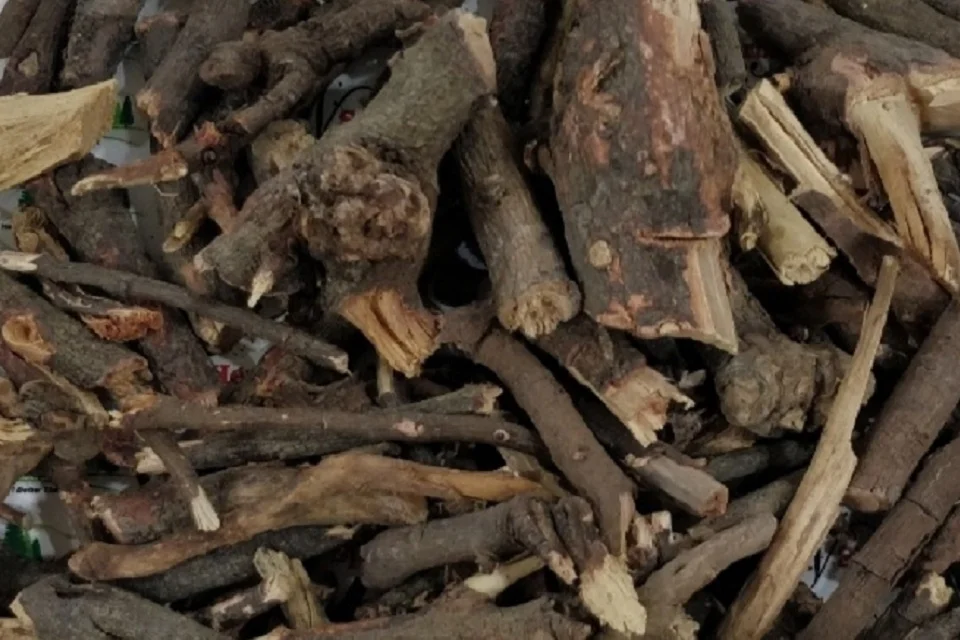
What are the side effects of Chitrak?
- Chitrak’s active components, like plumbagin, raise concerns due to their potential toxicity. Research emphasizes that excessive intake might adversely impact liver and kidney function.
- It causes burning of the tongue, throat, stomach, and all over the body. It also causes nausea, vomiting, diarrhea, dysuria, and burning micturition. Pulse becomes feeble and skin becomes wrinkled and cold.
- If given during pregnancy, it causes irritation of pelvic organs which leads to abortion.
- Side effects are of taking the drug in high doses, under the guidance of qualified vaidya, or inappropriate doses it is safe to consume.
Treatment for excessive doses
Discontinue its use and give sheeta and Snigdha dravyas such as milk, ghee, butter, and also Suvarnabhasma.
List of formulations
- Chitrakadi Vati
- Chitrak Haritaki
- Chitrak ghrita
- Shaddharan Yoga
- Chitrak rasayan
- Chitrakadi leha
Shodhan of Chitrak
In lime water for three times, Gomutra for 7 Days
Research of Chitrak
- Chitrak plant review
- Plant extract (100 mg/kg) prevented 100% ovulation implantation in female rats (J.Res. Ind. Med. 1971,6,172).
- Plaumbagin exhibited specific antimicrobial activity against yeasts and potent insect antifeedant activity against lar of African armyworms (Planta Med. 1980,185).
- Plumbagin administered intratumorally and orally at 2mg kg decreased tumor growth by 70% and 60% respectively in rats with methylcholanthrene-induced tumors. Its ED so was 0.75 mg kg. Plumbagin was active against P388 lymphocytic leukemia 4mg/kg and showed antibacterial and antifungal activity against a wide variety of bacteria and fungi (Ind.J.Exp. Biol. 1980,18,876).
- Plumbagin administered to hyperlipidemic rabbits reduced serum cholesterol by 53-86% and LDL cholesterol by 61-91%. It lowered the cholesterol/phospholipid ratio by 45.8% and elevated HDL-cholesterol significantly. It prevented the accumulation of cholesterol and triglycerides in the liver and aorta and regressed atheromatous plaques of the thoracic and abdominal aorta. Plumbagin- treated hyperlipidaemic subjects excreted more fecal cholesterol317and phospholipids (Ind. J. Physiol. Pharmacol. 1991,35,10).
- Topical application of plumbagin is useful in patients with common wort (Pillai et al., 1981).
- Plumbagin significantly increased the prothrombin time, total proteins, GPT, and alkaline phosphatase levels in the liver tissue and decreased GPT levels in the serum. An anti-vit.K. activity on the part of plumbagin has been suggested (Santhakumari et al., 1978).
- The LDs of the 50% alcoholic extract of seeds was > 50 1000mg/kg i.p. in albino rats (Sharma et al., 1978).
- 50% ethanolic extract of roots showed hypothermia and antagonism to amphetamine hyperactivity in mice. The LDs of the 50 extract in albino mice was 500 mg/kg i.p. (Bhākunī et al., 1969).
Conclusion
In conclusion, Chitrak is a versatile medicinal plant that has been used in Ayurvedic medicine for its various health benefits. Its morphology, including its small shrub-like appearance and glossy leaves, make it easily distinguishable. Chitrak is valued for its ability to stimulate digestion, treat skin infections, detoxify the body, and promote overall well-being. Its use in both medicine and spirituality highlights its importance in traditional Indian culture.
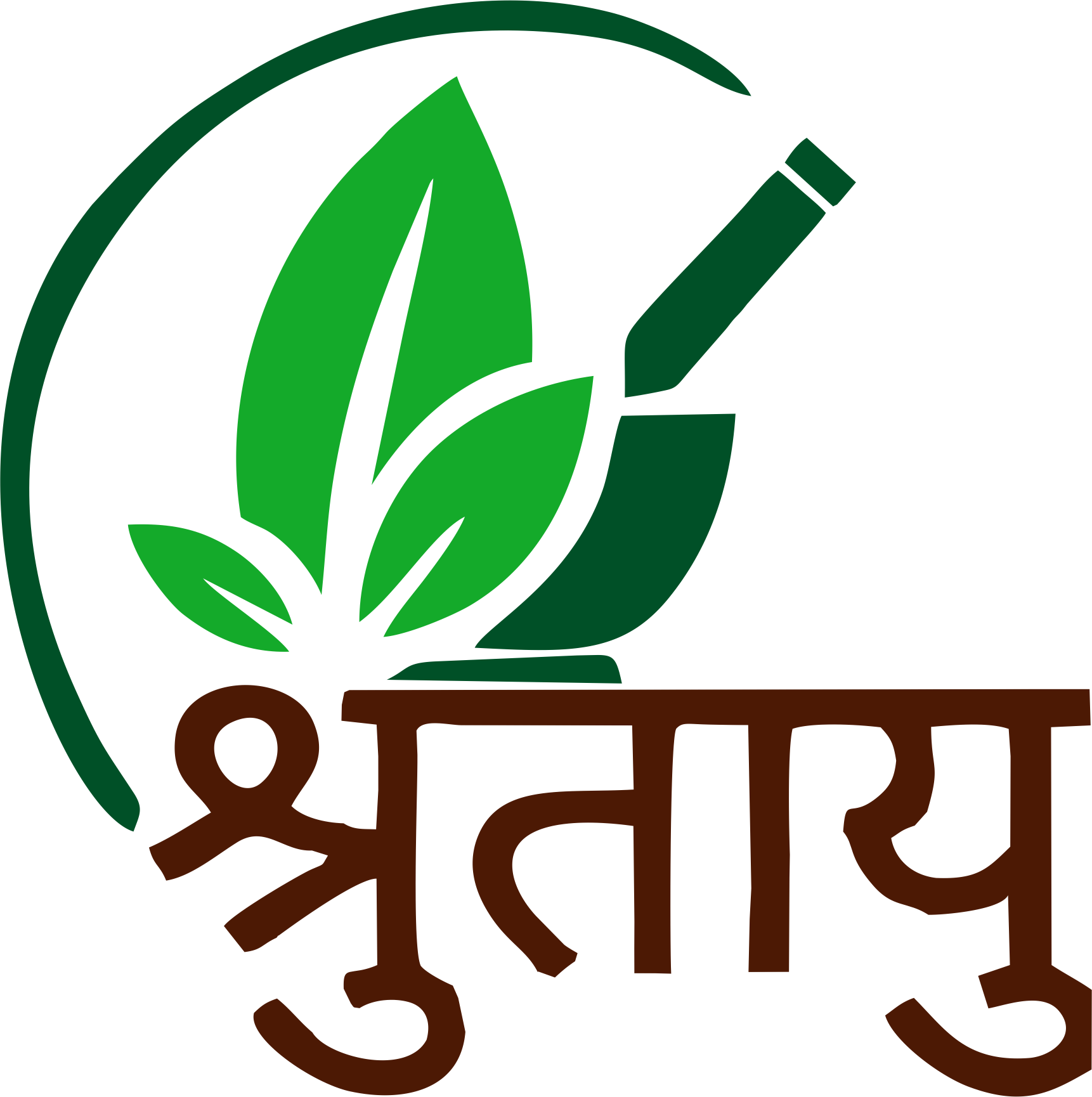
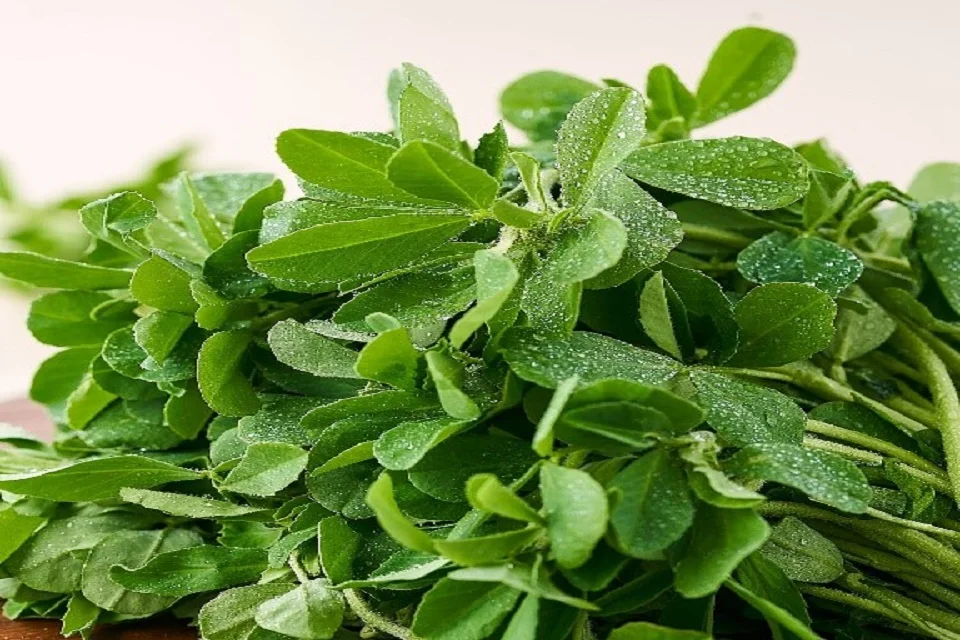


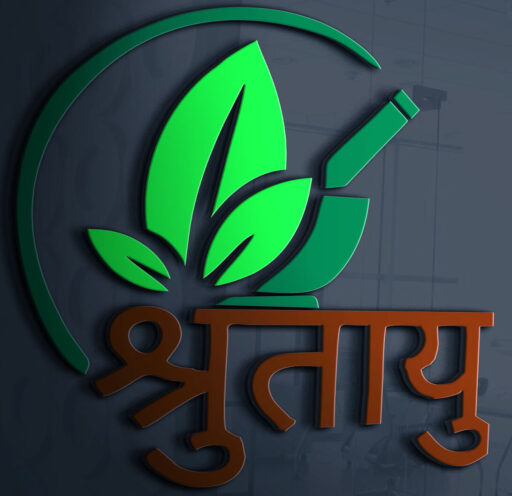

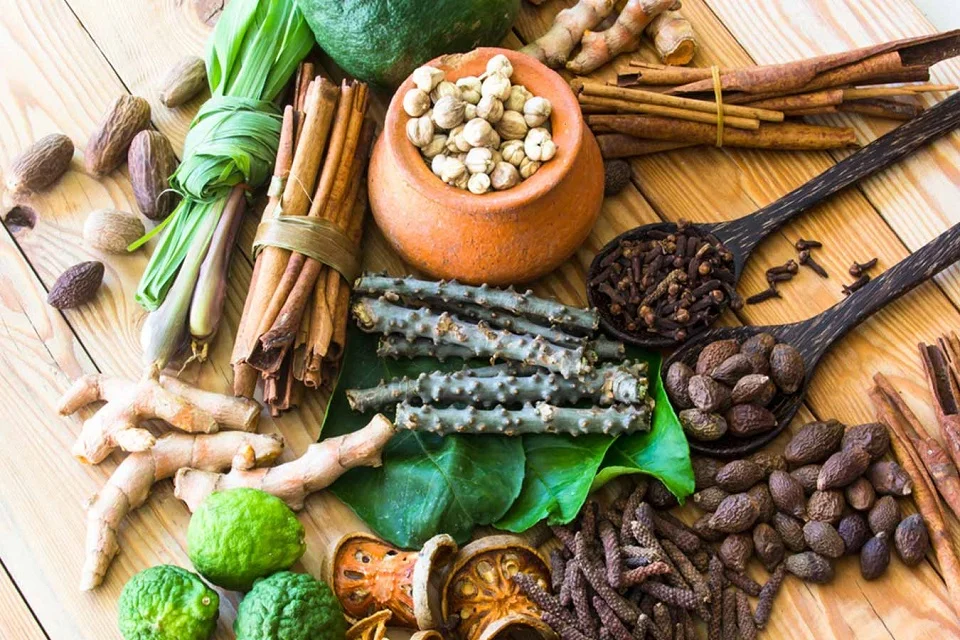

Got Something To Say